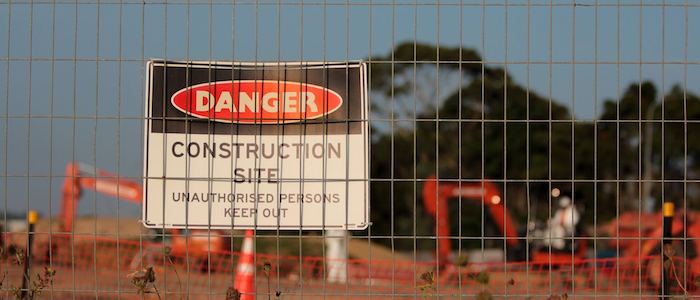Dashpivot article page – RAMS Risk Assessment Method Statement example

RAMS Risk Assessment Method Statement example
What is a Risk Assessment Method Statement (RAMS)?
RAMS are an important document for the safety and compliance for construction, engineering and other high-risk work environments.
Construction sites have inherent risks and potential hazards, and it's imperative for your teams' safety that these risks and hazards are properly identified and appropriately planned for.
The key components for a RAMS are:
- Identifying Risks: each work site and work needed will have their own risks - whether it's the environment, equipment being used or the type of work being done.
- Potential Hazards: The RAMS outlines what hazards are present at the site or that may arise once work commences.
- Method Statement: The method statement is the core of the document. This is how you plan to conduct work safely, taking into account the hazards and risks, how to mitigate the risk in the work procedures and what equipment is needed.
- Signoff: RAMS are an important document for compliance. Having an up to date document with official signoff is crucial for a bulletbroof audit trail.
The RAMS Risk Assessment Method Statement below shows these key components in action.
Why is a Risk Assessment Method Statement important for your project?
The two main reasons RAMS are important are for safety and compliance.
RAMS for Safety
Risk Assessment Method Statements are critical for proactive identification and mitigation of risks and hazards.
Construction sites have inherent risk due to the work being done and equipment being used, so your team deserves to have safety processes in place.
RAMS need to inform your team of the potential risks and hazards relevant to the specific work they're doing, while also giving them means to mitigate them with controls and equipment.
RAMS for Compliance
Compliance is an integral part of any work being done, to ensure you're adhering to regulations and meeting safety standards.
RAMS allow for a full audit trail to show risk assessment has been undertaken and controls have been implemented to address risks and hazards, with full signoff visibility.
RAMS Risk Assessment Method Statement example
Below is an example of a Concrete Risk Assessment Method Statement and should give you an idea of what elements make up a RAMS example and how they should be presented.
The initial page of the RAMS example is a document overview. This is important for auditing purposes, with specific details about the project, who created the document and when, and what version of the document it is - especially important as RAMS are a live document that should be updated often as new risks and hazards are identified.
The core of the document is the breakdown of work to be done and the potential hazards specific types of work present. Assigning a responsible party ensures accountability and ownership, with the controls and risk score responsible to that person. If an incident occurs, you should review this job step to see whether the risk was identified, the risk score was reasonable and if the controls were properly performed.
A Risk Matrix is an important part of the document to help ensure that risk score is correctly assigned to the job steps and consistent throughout the document, so different people are understanding the risk score in the same manner.
Finally, signoff is needed for compliance and accountability.

Use and customise the free digital RAMS Risk Assessment Method Statement template
What are the benefits of a digital RAMS example?
A lot of safety and RAMS documentation have been done via paper documents handled manually, or spreadsheets that are done over email.
Using a digital RAMS template gives you significant advantages over static documents and spreadsheets:
- Standardisation: Your digital RAMS will always be running off of the same template, or if you update your template, it will immediately be available to your entire team.
- Accessibility: With a digital RAMS, your team will always be accessing the most recent version, with up-to-date controls and equipment necessary to conduct their work safely.
- Compliance: A historical log and signoff ensures that there's a full audit trail for auditors and outside parties to review your RAMS.
Integrating your RAMS example into your safety workflow
If you're creating RAMS for your site safety, you will be working with many other safety documents, such as inspections, audits, registers and more.
Your safety documents don't work individually, and often need to reference each other and trigger other documents to be generated or reviewed.
Dashpivot is a RAMS app that integrates your RAMS into your safety processes.
Access existing RAMS on site via mobile or tablet so all work is being done on the latest RAMS.
Automated workflows trigger RAMS to be signed off by managers when they're created.
See how other companies are utilising Dashpivot to take their RAMS to the next level.

RAMS Safety template
Ensure safe work outcomes with the RAMS Safety template.

Construction RAMS template
Ensure incidents and hazards are properly prepared for and mitigated with detailed Construction RAMS.











